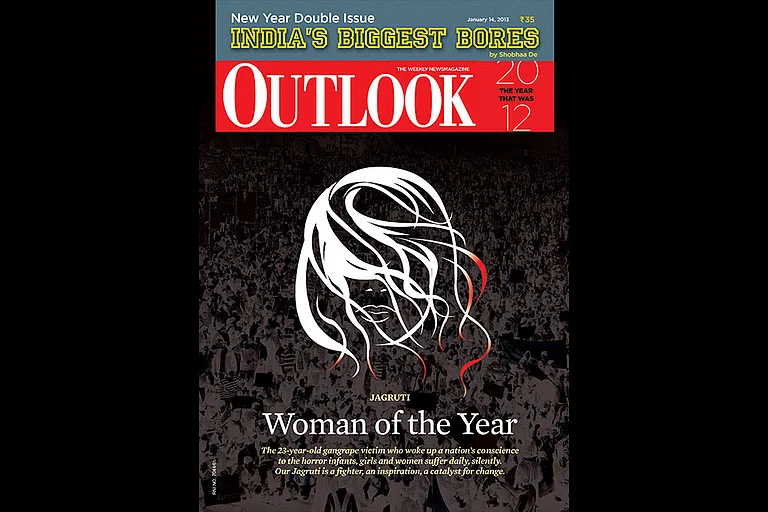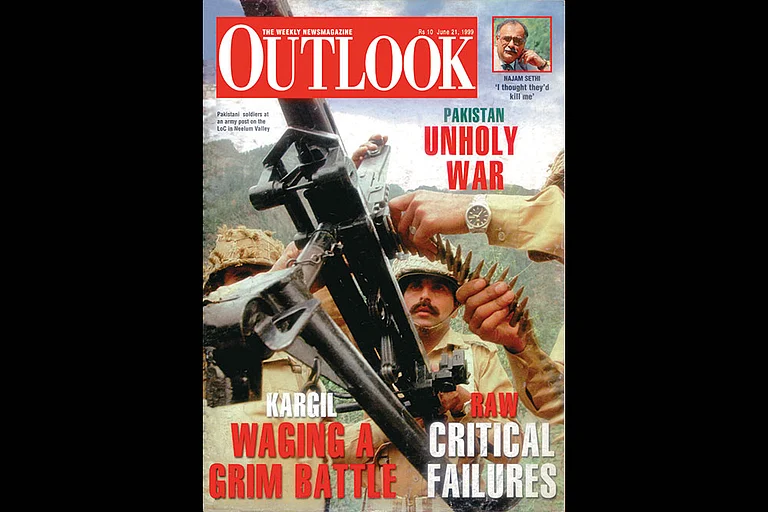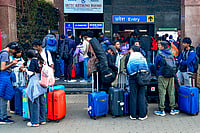
Omaha, bloodless
On this August afternoon, the sea was a placid sheet of azure at Omaha beach, joining an equally clear blue sky at the horizon. I watched the breathtaking, indescribable sight with the American cemetery behind me. I tried to imagine the intense fighting on D-Day in 1944 (the American cemetery alone marks over 9,000 graves and there are 27 war cemeteries in Normandy, accounting for 1.30 lakh of the 4.25 lakh soldiers on both sides who died in the four-month battle of Normandy). I try to recall scenes from Spielberg’s Saving Private Ryan, one of the many films about D-Day. But I give up soon enough. The tranquil idyllic setting betrays little of those brutal and bloody days. Ten kilometers away, the D-Day museum, set up in 1954, overlooks one of the five beaches where the allied invasion took place. The remains of the artificial Mulberry harbours, transported and assembled overnight at sea, remain a dramatic reminder of the audacious engineering and military feat. Over 4,000 ships of all sizes, 2,600 landing barges, 20,000 military vehicles and 1.3 lakh soldiers landed that morning, facing heavy fire from German fortifications on land.
History channel
It was a silly question, but I’m clumsy at the best of times. Trust me to ask “So you are a military historian” to the author of three books on D-Day. And the poker-faced riposte from Tim Kilvert-Jones was “I’m actually a troublemaker”. I looked suitably chastened till he added that he was a defence consultant, an arms dealer with an office in Florida, in the US, and an advisor to NATO. Why, then, was the Englishman living in the tiny village of Les Loges-Saulce in Normandy? His interest on D-Day apparently began, he said, when he was sent by his Welsh regiment in 1994 to attend a memorial in the village on the 50th anniversary of D-Day. The regiment (the most literate British regiment, he said, pointing to how the poets Robert Graves and Siegfried Sassoon were part of it) had freed the village, but not before losing several men in the house-to-house combat. Jones now lives in a house where four British soldiers died, one of whom, he discovered, was Maj Hubert Pritchard, son-in-law of Agatha Christie. Kilvert-Jones is working on his fourth book and claims to be stumbling upon new details all the time. Last year, an 80-year-old man from Falaise turned up at Kilvert-Jones’s house and cried as he recalled “for the first time” all that he had seen as a boy on a June afternoon in 1944.
Inky delight
Octopuses and squids squirt black ink in water to deceive pursuers. But I had no clue about the sauce made from these secretions. The pasta in black ink sauce naturally looked black, exotic and unusual. But not every palate, I reflected, would find it agreeable, given its strong fishy smell. As a Bengali used to ilish, I was fine with it. But I failed the black beer test. It was far too strong, far too bitter. At a shop that sold beer from across the world, the salesman offered his most expensive bottle at 200 euros. I contented myself with a photograph. It was delightful to have raspberries, strawberries and the sweetest melons for dessert. I had no money to try sophisticated French cuisine but developed a liking for raw beef served with herbs and spices, and discovered the ‘knife’, a seafood the French delight in.
Vernier scale
Jules Verne lived and worked in Amiens, around 120 km from Paris. His house has predictably been converted into a museum in what is now a small university town. The museum, for some reason, opens only at 2:30 pm and I had a train to catch. I regret not visiting it, for accounts posted by visitors on the website seem exciting. Manuscripts, handwritten notes, designs sketched by the sci-fi writer are major draws. But I’d gone there to see the 13th century cathedral—begun in 1220 and finished in 1228—on the Unesco heritage site list. The architecture was fascinating, but it was the spectacular laser-powered son-et-lumiere that mesmerised the couple of hundred visitors.
Tant pis!
I attended the 1,078th show of stand-up comic Olivier Giraud, one of the many shows in English in Paris. It has been running for three years, half a million people are claimed to have seen it and next year, the show moves to Olympia, a bigger hall. His international audience laughed, clapped and gave him a standing ovation as he lampooned the French. His message: You have to be rude to survive in Paris so learn to say in French “Hell! You’re pissing me off, you shit!” I left telling myself we take ourselves far too seriously in India for such a show.
Art unfound...
Made the mandatory pilgrimage to Versailles and the Pompidou Centre to see installations by Anish Kapoor and Subodh Gupta. Will it be sacrilege to say the experience was underwhelming?
Uttam Sengupta is deputy editor, Outlook; E-mail your diarist: sengupta [AT] outlookindia [DOT] com
























